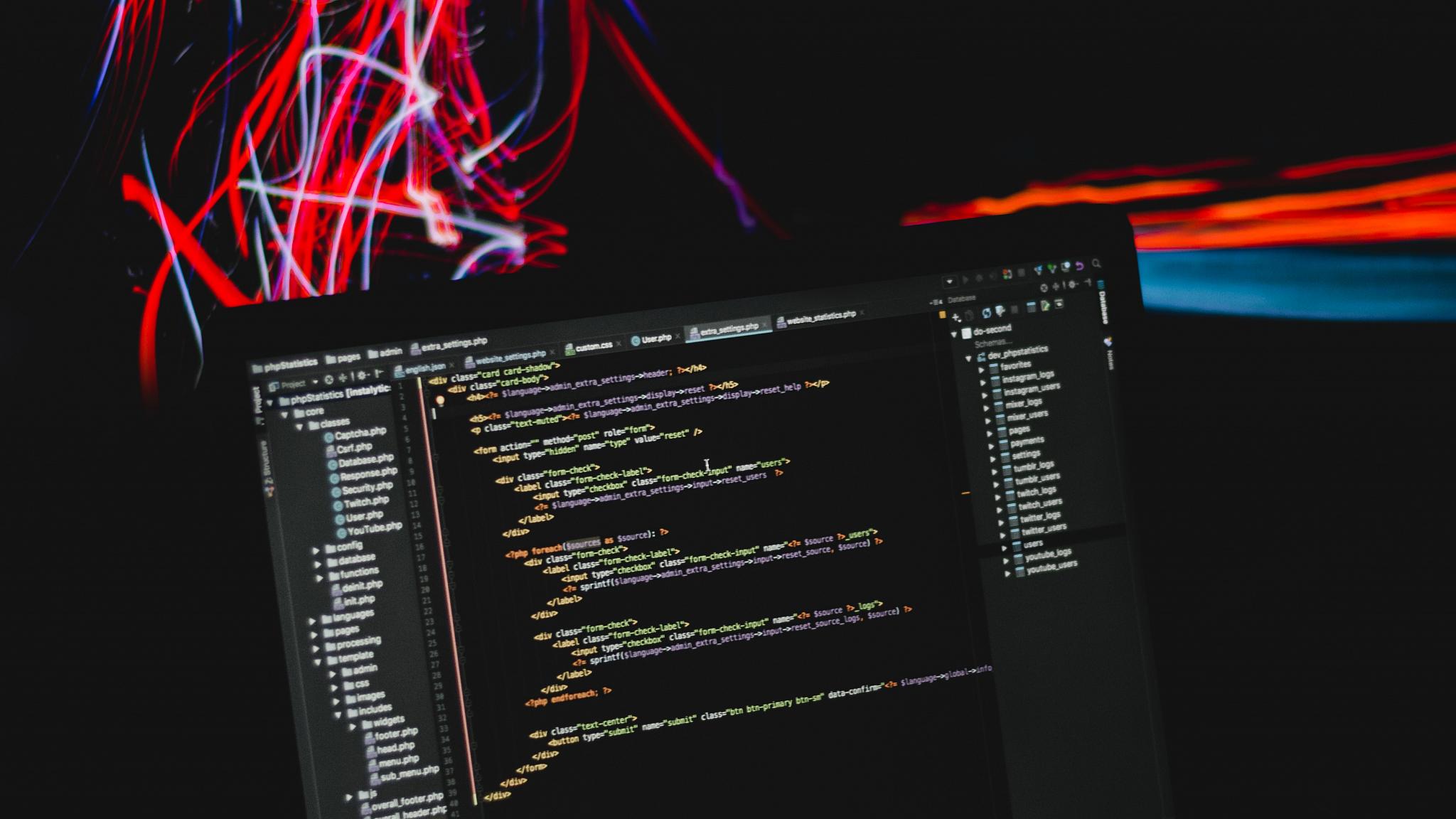In the ever-expanding landscape of multimedia, the synergy between code and creativity has become a driving force behind groundbreaking digital experiences. Programming in multimedia environments allows creators to seamlessly blend technical expertise with artistic vision, resulting in immersive content that captivates audiences. This article delves into the harmonious integration of code and creativity, exploring how programming within multimedia environments transforms ideas into interactive and visually stunning realities.

- Coding as the Brushstroke: The Artistic Power of Programming: In multimedia environments, code becomes the brushstroke that paints the digital canvas. Programmers infuse life into visuals, audio, and interactive elements, wielding the power to shape the artistic vision with lines of code.
- Scripting Languages: Bridging Creativity and Functionality: Scripting languages serve as the bridge between creativity and functionality in multimedia programming. Whether it’s JavaScript for web development or Python for animation, these languages empower creators to breathe functionality into their creative endeavors.
- Dynamic Visualizations with HTML5 and CSS3: HTML5 and CSS3 redefine visual storytelling on the web. Programmers utilize these technologies to create dynamic visualizations, seamlessly integrating multimedia elements into websites and applications for an enriched user experience.
- Interactive Canvas: JavaScript’s Role in Web Animation: JavaScript emerges as a key player in creating interactive canvases on the web. Programmers leverage its capabilities to animate graphics, control multimedia playback, and orchestrate user interactions, shaping a dynamic and engaging online environment.
- Shader Programming: Illuminating Visual Realms: Shader programming adds a new dimension to multimedia by allowing programmers to manipulate graphics at a pixel level. Whether for gaming or visual effects, shaders bring illumination, texture, and realism to visual realms, showcasing the fusion of code and artistic expression.
- Audio Programming: Crafting Sonic Landscapes with Code: The marriage of code and creativity extends to audio programming. Through languages like C++ and frameworks like Pure Data, programmers sculpt sonic landscapes, creating immersive auditory experiences that complement visual elements.
- OpenGL and 3D Graphics Programming: Sculpting Virtual Realities: OpenGL and 3D graphics programming empower creators to sculpt virtual realities. Programmers delve into the intricacies of rendering, shading, and modeling to craft visually stunning 3D environments that redefine the boundaries of digital expression.
- Data Visualization: Code as a Tool for Insightful Narratives: Code becomes a tool for insightful narratives in data visualization. Through languages like D3.js and Python’s Matplotlib, programmers transform raw data into interactive and visually compelling representations, making complex information accessible and engaging.
- Machine Learning Integration: Code for Intelligent Multimedia: The integration of machine learning introduces intelligence into multimedia applications. Programmers leverage frameworks like TensorFlow and PyTorch to infuse elements of artificial intelligence, creating interactive and adaptive multimedia experiences.
- Cross-Platform Development: Code for Universal Accessibility: Programmers embrace cross-platform development to ensure universal accessibility. Whether developing for desktop, mobile, or VR platforms, code enables creators to reach diverse audiences, harmonizing the user experience across different devices.
Conclusion:
The harmony of code and creativity in multimedia environments opens doors to limitless possibilities. Programmers, armed with a diverse set of languages and frameworks, act as digital maestros, orchestrating a symphony of visuals, audio, and interactivity. As the realms of programming and multimedia continue to intertwine, the future promises even more innovative tools and techniques, inviting creators to explore new frontiers where code and creativity dance in seamless collaboration.
